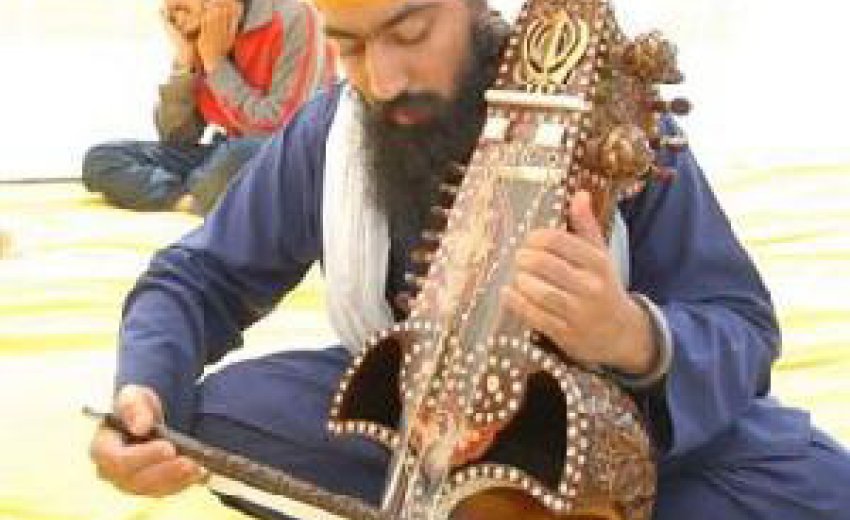Music has been regarded as a sacred art. It is related to values which are sublime and permanent but intangible.
In the Vedic age, religious songs were sung in India in simple chants. Later on, Gandharva music “was seen by the Creator in His contemplation and afterwards performed by seers and saintsâ€, and was considered as the surest means of attaining liberation. Sacred music was known as Marga Sangeet, while secular music was called Desi Sangeet.
|
In medieval Europe, hymns were popular in churches. Chateaurbriand regarded music as “the child of prayer and the companion of religionâ€. In England, church choirs and children’s groups were established. Addison valued music as a spiritual aid because it “wakes the soul and lifts it high and wings it with sublime desires and fits it to bespeak the deityâ€. In India, saints and seers have contributed greatly to the development of classical music with their devotional songs. Jayadev Goswami was one of the first mystical singers of Vaishnavite Bhakti. His Geet Govinda is regarded as a classic of devotional music. He sang of the love of Krishna and Radha with great emotion and sincerity. |
|
Chaitanya of Bengal too sang of the mystic love of Krishna and Radha. Swami Haridas, Tansen’s teacher, was an expert in the dhrupad style of devotional music.
The first five Sikh gurus were also great musicians. They encouraged professional singers for the benefit of their congregations. In 1604, that for the first time, the largest ever collection of sacred hymns of the first five gurus, 15 saints and 15 bards was compiled and named Adi Granth. Guru Arjan Dev said: “Union with God is attained through kirtanâ€.
|
|
The gurus regarded sacred music as a means of spiritual sadhana. They affirmed that the singing of the praises of God stabilised the mind. In Bengal, Rabindranath Tagore evolved the Rabindra Sangeet style. He wrote: “When Thou commandest me to sing, it seems that my heart would break in pride, and I look to Thy face and tears come to my eyes. Drunk with the joy of singing, I forget myself and call. Thee friend who art my lord†. |
There are nine traditional stages of bhakti according to scriptures: 1) Sunan or hearing the holy word, 2) Kirtan or singing the praise of God, 3) Simaran or remembrance of the Lord, 4) Puja or loveworship of God, 5) Pad-sevan or surrender of the self at the Lord’s feet, 6) Vandana or supplication to the Lord, 7) Dasa-bhava or service to the Lord, 8) Maitri Bhava or friendship with the Lord and total dependence on Him, and 9) Atmanivedan or surrendering oneself to the Lord as an act of total dedication and surrender.
The above leads to the merger of the individual soul with the universal soul. Though kirtan is regarded as the second stage, Sikh gurus gave it supremacy over other forms of devotion and valued it as the chief mode of Sikh worship. Guru Arjan Dev says in this connection : “Gurbani is the treasure of the jewels of Bhakti. By singing, hearing and acting up to it, one is enrapturedâ€.


